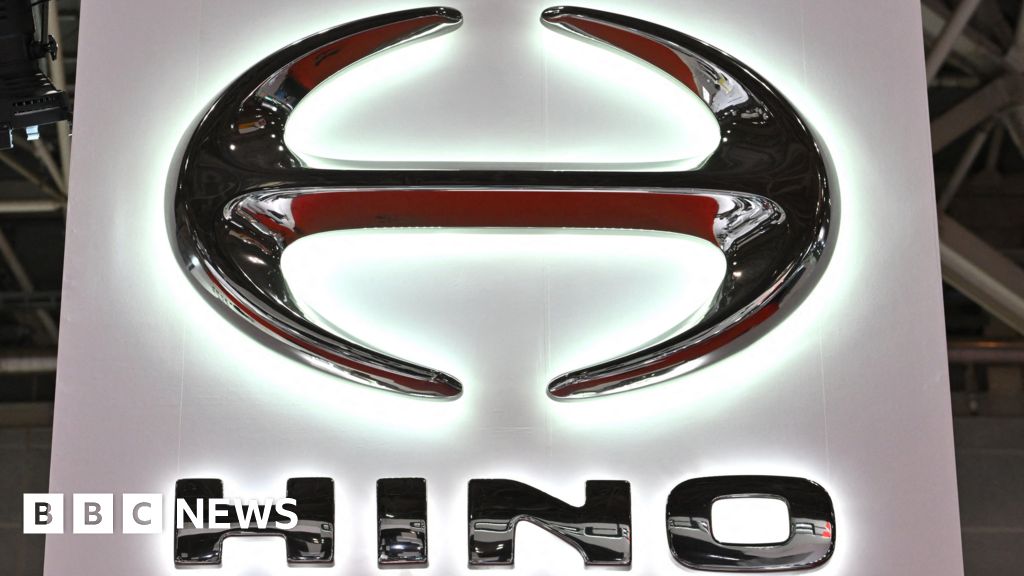ARTICLE AD BOX
By Theo Leggett
Business correspondent, BBC News
Image source, Getty Images
The final Airbus A380 ever to be built is being handed over to its new owners on Thursday, the Dubai-based carrier Emirates.
It is a landmark moment. The giant of the skies will continue to fly, but its long-term future remains uncertain.
Emirates, which owns roughly half of the A380 fleet, looks set to continue using it for many years to come.
But several other airlines stopped using their plane during the pandemic, and some have already been scrapped.
The A380 is the world's largest passenger jet. In standard configuration, it carries 545 passengers - although in theory it can carry a maximum of 853.
The double-decker colossus has four engines, an 80-metre wingspan and a maximum take-off weight of 560 tonnes. It is also very complex - containing around 530km (330 miles) of wiring.
Nimble flyer
Yet according to Alex Scerri, a former A380 Captain, it is remarkably easy to fly.
"Airbus have managed to engineer the A380 so that it feels just like a much smaller plane like the A320," he says. "It's remarkably nimble, and it really doesn't feel like a 600-tonne aircraft."
The project was conceived in the early 1990s. The A380 was meant to be a symbol of European industrial prowess, a flagship for the Airbus fleet to surpass Boeing's 747 jumbo.
At the time, it was widely assumed that major airport hubs around the world would become more and more congested as cities grew and air traffic multiplied. This would create a market for very large planes which could carry more passengers without increasing the number of flights.
Image source, Getty Images
Commercial failure
By the time the A380 made its first commercial flight in 2007, however, the seeds of its demise had already been sown.
While Airbus engineers struggled to get the superjumbo onto the market, Boeing was quietly marketing long range versions of its economical twin-engine 777 - and developing the 787 Dreamliner.
The 787 was a design which made the most of advances in engine technology, as well as in composite materials and aerodynamics. The result was an aircraft that was much more efficient than previous models, used less fuel and was therefore cheaper to run.
Together with Airbus' own A350, launched a few years later, it changed the shape of the market.
Instead of using giant planes to transport huge numbers of people between 'hub' airports, before placing them on connecting flights to other destinations, airlines could now fly smaller planes on less crowded direct routes between smaller cities which would previously have been unviable.
Compared with these new designs, the four-engine A380 was expensive to buy and costly to run.
"The technology on the A380 was basically from the 1980s," says Peter Morris, chief economist at the aviation consultancy Ascend by Cirium. "It was frozen into the design before the step-change in aircraft technology - before carbon composites and highly efficient engines".
As a result, Airbus struggled to sell it. Only 251 planes were ever built, and the programme struggled to break even - let alone recoup the more than $25bn invested in it.
Yet according to Airbus executive Philippe Muhn, the project still brought significant benefits to the organisation, which had developed from a grouping of manufacturers from different countries.
"This was an aircraft that allowed the company to integrate, from a technical standpoint, industrial standpoint, and culturally as well", he explains.
"And then of course all the investment in the A380 technology was the foundation of what the A350 is today."
But, while it may have been a commercial failure for Airbus, the superjumbo has clearly been a success for its primary customer.
Emirates used it to create a global network of high-density, long-haul routes centred on its base in Dubai. That helped it to become one of the world's largest airlines.
"For Emirates it created a niche in the market", explains Peter Morris.
"Without the A380, I contend that Emirates would never have reached the level that it did. They managed to make something which helped build the prestige of Dubai, and created a market for the plane as well. It did work."
But for other airlines, the superjumbo was less of a success. Filling all of those seats could be a challenge - and when the Covid pandemic hit, virtually the entire fleet was grounded.
While some carriers are now bringing them back, others, such as Lufthansa and Air France have decided to retire their fleets for good.
That raises the question of what will happen to the unused planes. In theory, they could fly for decades. But according to Ascend by Cirium, the second-hand market for such large aircraft is "small to non-existent".
It is likely, then, that more A380s will simply go to the scrapyard, following the seven that have already reportedly been sent.
But others will remain in service. Emirates, which has 118 A380s, says it will continue to fly them for the next two decades - though over time their number is likely to shrink as newer planes are brought in.
However long it continues to fly, aviation historian Shea Oakley thinks the superjumbo has already sealed its place in history.
"Tragically for Airbus, they built a technological masterpiece, but they chose the wrong vision. It was a fine aircraft, but the wrong choice for the times", he says.
"I'm not sure there will ever be a larger aircraft than the A380."

 3 years ago
35
3 years ago
35








 English (US) ·
English (US) ·